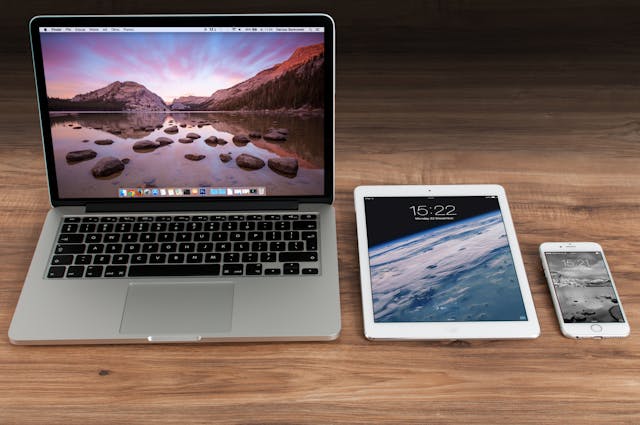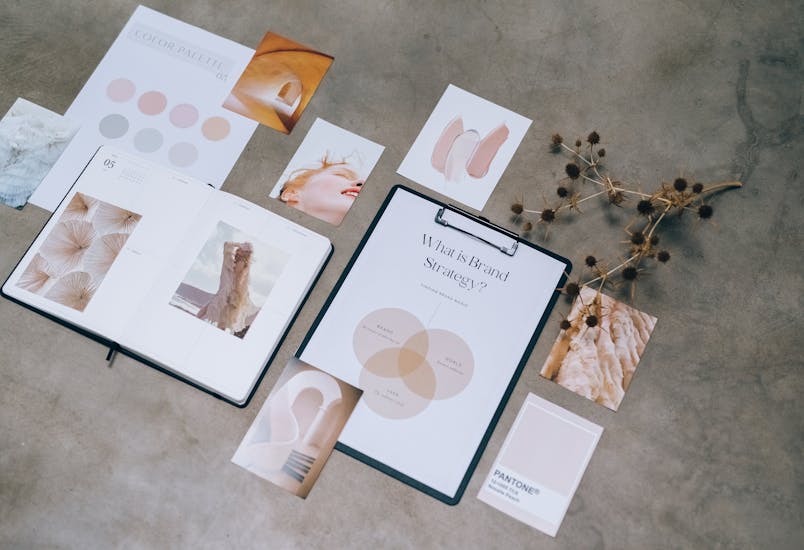Ever made the perfect design on your computer, only to be disappointed with the results once they’re printed on to paper? The problem many designers face is that, before the ink even dries on the paper there is no going back, and they are left with a substandard product, and a black spot on their portfolio. And for advertisers a poorly printed design will reflect badly on their brand and can turn potential customers aways. Print design remains a crucial aspect of branding, marketing, and communication, despite the rise of digital media. However, even seasoned graphic designers can make costly mistakes that impact the final print quality. Here are some common mistakes, and how to avoid them.
Copy Is King
When it comes to marketing, getting the brand’s message across is of the utmost importance, and can make the difference between success and failure. For this reason, advertising copy must be thoroughly checked by several proofreaders (not just the designers!) before going to press. Not only do mistakes look amateurish, typos, grammatical errors, and incorrect information can be costly once printed if the whole lot has to be redone. It’s best, therefore, to proofread multiple times and ask someone else to review the design. Also, print a sample or proof to catch any errors before mass production.
Ignoring Bleed and Safe Margins
As a quick definition, bleed is the area or the edge of the sheet that is going to be trimmed off. It’s easy to forget to take into account margins when you’re designing on a computer. Without the proper bleed, the final print may have unwanted white edges, and content too close to the trim line may be cut off, leaving a substandard print. Therefore, you must always set up your document with a bleed of at least 0.125 inches (3mm) beyond the trim size, and keep critical text and design elements at least 0.25 inches (6mm) inside the trim line.
Screen Does Not Translate To Print

Your design may look absolutely stunning when you view it on your laptop screen, but it’s important to remember that things change when they’re printed out. And one of the most overlooked mistakes is assuming the print will turn out exactly like the screen version. This relates also to the relationship between the dots per inch (DDI) and pixels per inch (PPI). Generally speaking, the higher the numbers on these two counts equate to the higher quality of the print. Designers often forget to check how the final output is evaluated, leading to red faces and disappointed clients.
Using RGB Instead of CMYK
This is a fundamental mistake many designers make when migrating their designs from screen to printed material. RGB is used for digital screens (TVs, monitors, phones). It is an additive colour model, meaning colours are created by combining light in varying intensities. More light creates brighter colours, and combining all three at full intensity results in white.RGB colours look great on screens but can cause unexpected colour shifts in print — this is due to the fundamental differences with CMYK, which is used for print. It is a subtractive colour model, where colours are created by layering ink on paper. The more ink added, the darker the colours become. Combining all four inks creates deep blacks.Printing uses the CMYK colour model, which may not match the vibrancy of RGB. Set your document’s colour mode to CMYK from the beginning. Use colour profiles recommended by your printer to ensure colour accuracy.
Forgetting to Convert Text to Outlines
Another key problem that designers face when going to print is forgetting to convert text to outlines. If fonts aren’t embedded or outlined, they may be substituted or altered when opened on another computer. It’s fairly simple to sort this out — but as with all these mistakes, far less costly and time-consuming for everyone to catch and fix before anything has been printed. It’s as simple as converting text to outlines before finalising the file for print, and double checking all the text elements before submitting your final design. Print a sample or proof to catch any errors before mass production.
There are common mistakes that even the most experienced designers make when converting their on-screen designs to print. But if a poster gets mass-produced before these errors are identified and tackled, they can be embarrassing, unprofessional, and costly.































